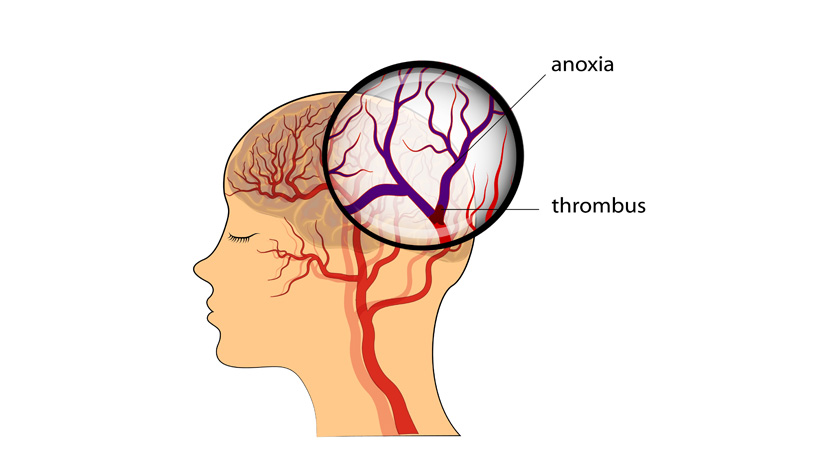Sudden dizziness, numbness on one side of the body, difficulty speaking or understanding the language that’s been familiar to you your whole life. These are all a few of the many signs of a ministroke, also known as a transient ischemic attack (TIA).
What is a ministroke (TIA)?
Jerry W. Swanson, MD, board-certified neurologist at Mayo Clinic in Rochester, Minn., defines a TIA as “a temporary interruption of blood flow to part of the brain, spinal cord or retina, which may cause stroke-like symptoms.”
How is it different than a regular stroke?
The main difference between a TIA and a regular stroke is that it does not damage brain cells or cause permanent disability as a stroke does–-not to mention, it lasts for only a few minutes or within hours.
“A person who has a TIA has had ischemia (obstruction in blood flow) but has ‘ducked the bullet’ because there was no lasting damage to the brain,” says Dr. Louis Caplan, professor of neurology at Harvard-affiliated Beth Israel Deaconess Medical Center. “But the same underlying causes are still present and are very likely to cause a stroke in the near future.”
What are the signs?
Specifically, around one in three people who experience a ministroke later experience a stroke, according to Healthline. Since the symptoms of both are nearly identical, it’s best to educate yourself on them to get the treatment you need as early as possible.
- Weakness, numbness or paralysis in your face, arm or leg, typically on one side of your body
- Slurred or garbled speech or difficulty understanding others
- Blindness in one or both eyes or double vision
- Dizziness or loss of balance or coordination
- Sudden, severe headache with no known cause
Who is at risk?
The risk factors of a TIA or stroke include a family history of stroke or TIA, older age (especially after the age of 55), prior experiences of TIA, inherited sickle cell disease, race (black people are at a greater risk partly due to their high prevalence with high blood pressure and diabetes) and sex (men have a slightly higher risk of TIAs, although more deaths from stroke occur in women). Although many of these factors are out of our control, being aware of them will help us be informed and prepared in the event of a TIA.
Is there anything I can do to lower my chances of a TIA?
Living a healthy lifestyle is the best thing you can do to prevent a TIA (not to mention, many other ailments and conditions). The Mayo Clinic suggests:
- Limiting cholesterol and fat – cutting back especially on trans and saturated fats may reduce the buildup of plaque in your arteries to keep blood flowing without restriction
- Lowering your sodium intake – eating too much salt can lead to high blood pressure, thus putting strain on the blood vessels and lead to a heart attack or stroke per Harvard School of Public Health
- Exercising regularly – 30 minutes of moderate intensity exercise most days helps reduce risk of TIA/stroke
- Limiting alcohol and avoiding drugs – women should not exceed one drink daily; men should not exceed two drinks daily.
- Checking with your doctor about birth control pills – certain oral contraceptives may be riskier than others due to the release of hormones; express with them your concerns
Sources:
https://www.health.harvard.edu/stroke/dont-be-fooled-by-tia-symptoms
https://www.mayoclinic.org/diseases-conditions/transient-ischemic-attack/expert-answers/mini-stroke/faq-20058390
https://www.healthline.com/health/stroke/signs-symptoms-tia-mini-stroke#symptoms



